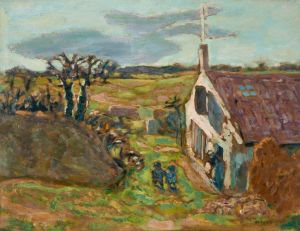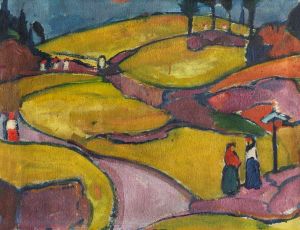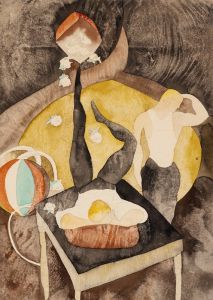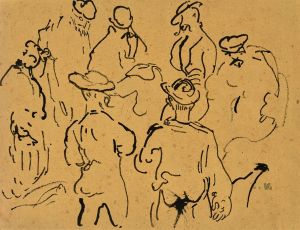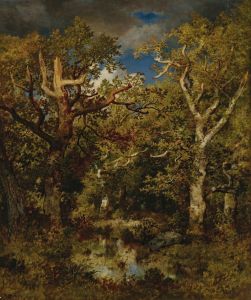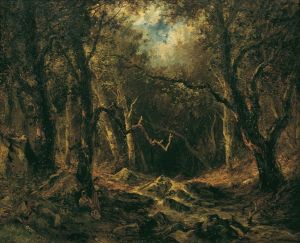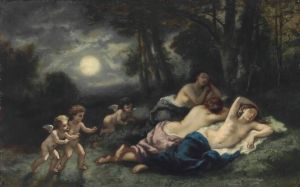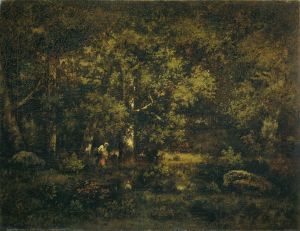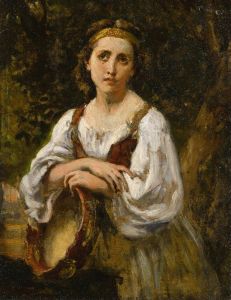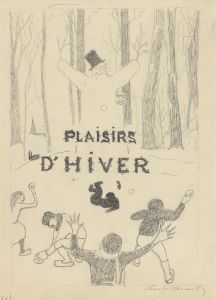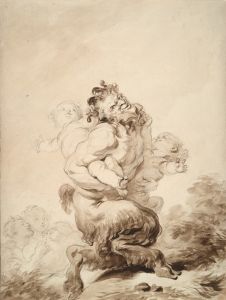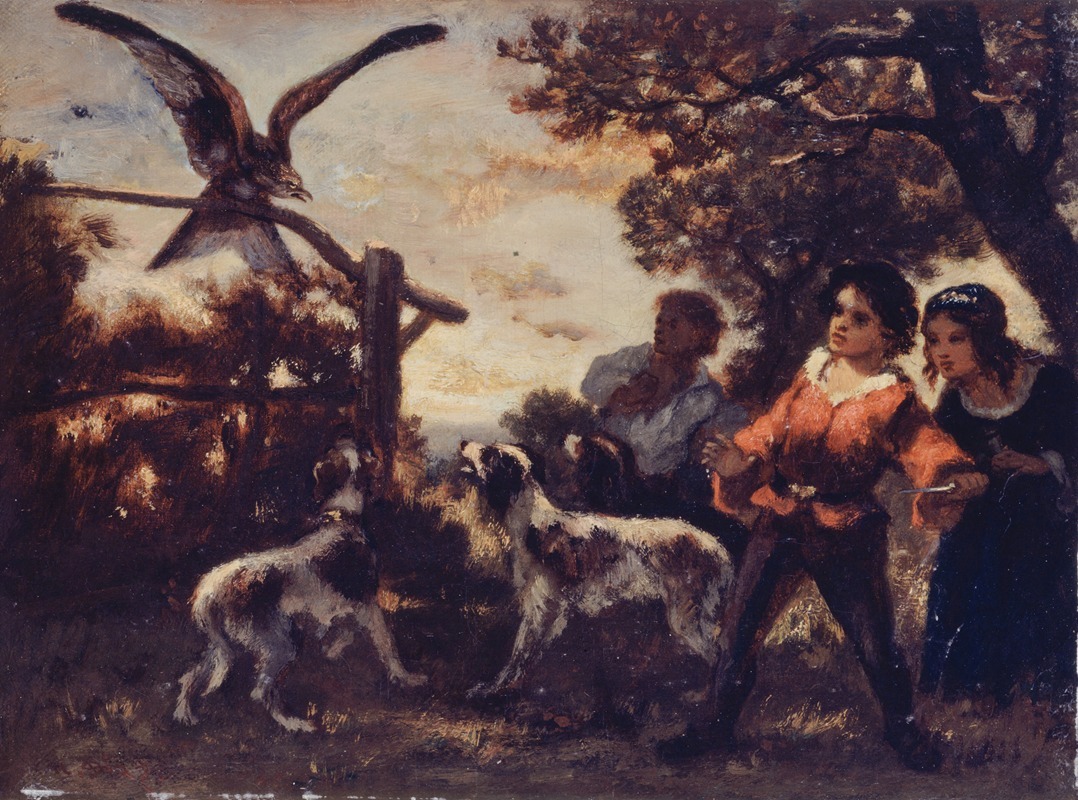
Les enfants au faucon
A hand-painted replica of Narcisse-Virgile Diaz de La Peña’s masterpiece Les enfants au faucon, meticulously crafted by professional artists to capture the true essence of the original. Each piece is created with museum-quality canvas and rare mineral pigments, carefully painted by experienced artists with delicate brushstrokes and rich, layered colors to perfectly recreate the texture of the original artwork. Unlike machine-printed reproductions, this hand-painted version brings the painting to life, infused with the artist’s emotions and skill in every stroke. Whether for personal collection or home decoration, it instantly elevates the artistic atmosphere of any space.
Narcisse-Virgile Diaz de la Peña was a prominent 19th-century French painter associated with the Barbizon School, a movement that emphasized naturalism and the depiction of rural landscapes. His work "Les enfants au faucon" (translated as "Children with a Falcon") is one of his notable pieces, reflecting his characteristic style and thematic interests.
Diaz de la Peña was born in Bordeaux, France, in 1807. He became known for his richly colored and textured paintings, often depicting forest scenes, mythological subjects, and figures in nature. His work was influenced by Romanticism, and he was known for his ability to capture the interplay of light and shadow, which brought a sense of warmth and vibrancy to his canvases.
"Les enfants au faucon" exemplifies Diaz de la Peña's fascination with the natural world and his skill in portraying human figures within it. The painting features children engaging with a falcon, a bird often associated with nobility and hunting in European art. This subject matter may reflect the Romantic era's interest in medieval themes and the natural world, as well as the artist's personal interest in capturing moments of innocence and playfulness.
The composition of "Les enfants au faucon" is notable for its dynamic arrangement and the way Diaz de la Peña uses color and light to draw the viewer's eye. The children are depicted with a sense of movement and vitality, their expressions and gestures suggesting curiosity and engagement with the falcon. The background likely features a lush, wooded landscape, typical of Diaz de la Peña's work, which often included detailed and atmospheric depictions of nature.
Diaz de la Peña's technique involved the use of vibrant colors and loose brushwork, which contributed to the lively and spontaneous feel of his paintings. This approach can be seen in "Les enfants au faucon," where the textures and colors of the children's clothing and the surrounding environment are rendered with a sense of immediacy and energy.
Throughout his career, Diaz de la Peña exhibited his work at the Paris Salon, where he gained recognition and acclaim. He was part of the Barbizon School, a group of artists who gathered in the village of Barbizon near the Forest of Fontainebleau. This group sought to break away from the formalism of academic art and instead focused on painting en plein air (outdoors) to capture the natural beauty of the landscape.
"Les enfants au faucon" is an example of Diaz de la Peña's ability to blend figure painting with landscape, creating a harmonious and engaging scene. His work has been appreciated for its emotive qualities and its ability to convey the beauty and complexity of the natural world.
Today, Diaz de la Peña's paintings, including "Les enfants au faucon," are held in various museums and private collections, where they continue to be studied and admired for their artistic merit and contribution to the development of 19th-century French art. His legacy as a painter of the Barbizon School remains significant, and his works are celebrated for their vibrant color, dynamic compositions, and the evocative portrayal of nature and human interaction.





